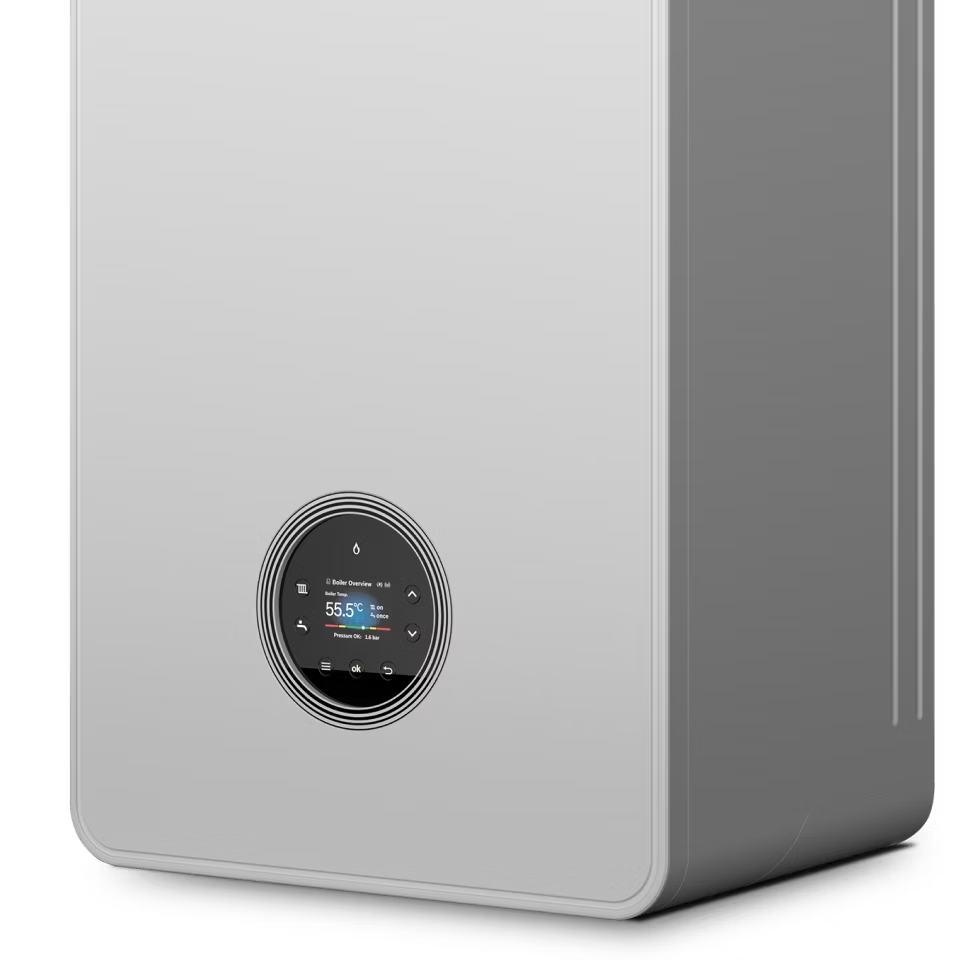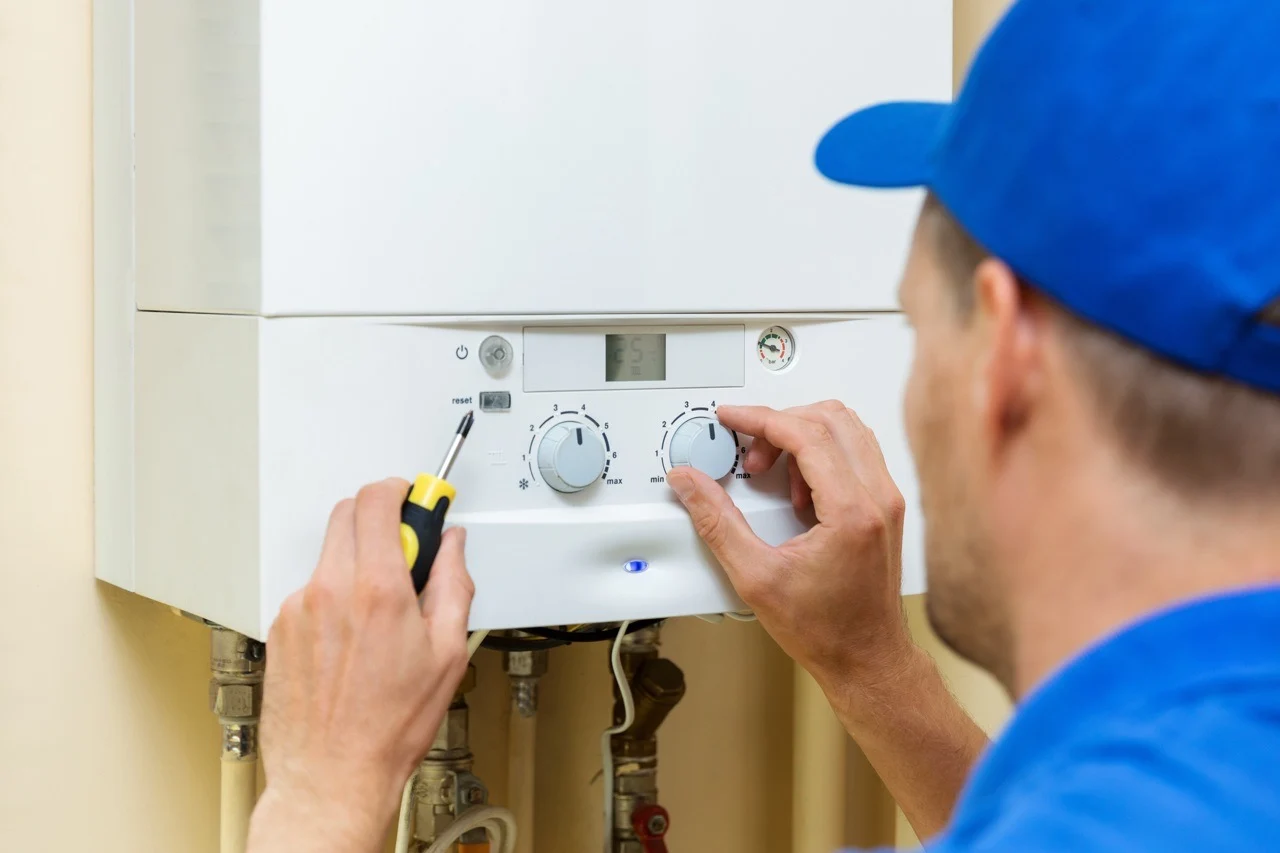A low loss header plays an important role in modern heating systems by enhancing efficiency and managing flow rates. In this guide, we’ll explore everything you need to know about low loss headers, including how they work, their pros and cons, installation costs, and alternatives.
Table of Contents
What Is a Low Loss Header?
A low loss header is a component used in central heating systems, designed to separate the primary boiler circuit from the secondary circuits. This separation improves system performance, regulates water flow, and balances pressure across the system. It’s often installed in systems with multiple heat sources or pumps to optimize efficiency and prevent issues like overheating or pressure loss.
How Does a Low Loss Header Work?
At its core, a low loss header creates a short circuit between the flow and return pipework in a heating system. This allows water to move efficiently through the system, reducing the load on the boiler and preventing imbalances between the boiler’s internal pump and the system’s external pump.
Here’s a closer look at the process:
- Flow Separation: The header separates the boiler’s primary flow from the secondary system circuits, ensuring both parts work independently without interfering with each other.
- System Efficiency: By allowing water to return to the boiler more easily, a low loss header reduces energy consumption and improves system stability.
- Heat Sources: Some low loss headers can connect multiple heat sources, such as solar panels or additional boilers, to a single system. Advanced models may even use baffle plates to direct water to the most efficient heat source.
This balance improves overall efficiency, prevents unnecessary wear on the boiler, and ensures consistent heating throughout the system.

Benefits of Installing a Low Loss Header
Why should you invest in a low loss header? The advantages can be significant, especially in complex heating systems:
1. Improved Efficiency
By balancing the flow and return temperatures, a low loss header ensures that your boiler doesn’t work harder than necessary. This reduces energy consumption, helping to lower your heating bills over time.
2. Reduced Wear on the Boiler
Without a low loss header, your boiler’s pump might face undue stress, leading to wear and tear. A low loss header minimizes this strain, extending the life of your boiler.
3. Air and Dirt Separation
A low loss header helps remove air bubbles and dirt particles from the water flow, which can prevent blockages and maintain system performance. The larger the header, the better it can separate these contaminants, making your system more reliable.
4. Flexibility for Multiple Heat Sources
If your property has multiple heat sources (like solar thermal panels, additional boilers, or underfloor heating), a low loss header allows them to work together efficiently within the same system.
Read about: Gas Fires vs Central Heating:

Downsides of Low Loss Headers
While the benefits are significant, low loss headers come with a few drawbacks that you should be aware of:
1. Cost
Low loss headers can be expensive, especially when you factor in installation. Depending on the complexity and size of the unit, the cost can range from £150 to £1,000. Installation by a certified engineer will add an additional £60 to £120 to the total cost.
2. Potential Energy Loss
One of the issues with low loss headers is “distortion,” where the boiler has to reach higher temperatures to maintain the required flow rate across the system. This can lead to a slight reduction in energy efficiency. Proper installation and calibration by a professional can help minimize this risk.
3. Space Requirements
Low loss headers require space to install, particularly in systems that incorporate distribution headers. If space is limited, you’ll need to carefully consider the best configuration.
Installation Costs
The cost of a low loss header will vary depending on the brand, complexity, and installation needs. Here’s a breakdown of what you can expect:
Standalone Header Cost
- Low-end models: £150 to £500
- High-end or more complex models: Closer to £1,000
Installation Costs
- Labour: £60 to £120 (depending on the engineer’s rate and location)
- Total Cost: Typically between £200 to £600
Always hire a Gas Safe registered professional to install a low loss header. Improper installation can lead to performance issues and potentially invalidate your boiler’s warranty.
Read about: Power Flush vs. Chemical Flush for Heating and Boiler Systems
Where to Buy a Low Loss Header
Many major boiler manufacturers, such as Viessmann, offer their own low loss headers. You can also find a range of options from heating product suppliers like Mr Central Heating and Culm Stores.
If you’re unsure which low loss header to choose for your system, it’s a good idea to consult your boiler manufacturer or a qualified heating engineer. They can recommend the best product for your specific setup and ensure you purchase the right size and type.

Alternatives to Low Loss Headers
Not every system requires a low loss header. If you’re looking for alternatives, consider the following options:
1. Get Accurate Flow Rate Calculations
One of the main reasons homeowners install low loss headers is to manage high flow rates. By ensuring that your boiler and system are properly sized for your home’s heating requirements, you can often avoid the need for a low loss header.
2. Distribution Headers
A distribution header is another option for systems with multiple circuits. These headers feature multiple outlets and can connect various circuits without needing non-return valves or zone valves, which are prone to failure.
- Advantages: Allows individual pumps to operate efficiently and reduces the risk of reverse circulation.
- Drawbacks: Increases the cost and space requirements of the system.
3. Magnetic Filters
While not a direct replacement for a low loss header, installing a magnetic filter can help remove dirt and debris from your system, improving water quality and protecting your boiler from damage.
Read about: hydronic boilers heating system
Do You Really Need a Low Loss Header?
In some cases, a low loss header is essential for system efficiency and longevity. However, there are situations where you may not need one. Here are some factors to consider:
- High Flow Rates: If your system requires a high flow rate, a low loss header can help balance pressure and prevent strain on your boiler.
- Multiple Heat Sources: If you have several heat sources connected to one system, a low loss header ensures they work together efficiently.
- Space Constraints: If your home has limited space, you may want to explore alternatives like distribution headers or magnetic filters.
Consulting with a professional heating engineer will help you determine whether a low loss header is the right choice for your system.

Conclusion
A low loss header can be a valuable addition to complex heating systems, improving efficiency, balancing flow rates, and protecting your boiler from unnecessary wear. However, it’s important to weigh the costs and benefits to decide if it’s the right solution for your home.
Whether you decide to install a low loss header or explore alternatives, always consult with a qualified professional to ensure your heating system operates safely and efficiently. If you’re looking to upgrade your boiler or heating system, consider reaching out to trusted suppliers and installers who can offer competitive pricing, expert installation, and long-term warranties.
For more information on low loss headers, or to get a quote for a new boiler, contact us today. We offer gas-safe installations, competitive pricing, and flexible payment options to suit your needs.
FAQs
1. What is a low loss header, and how does it work?
A low loss header is a device used in central heating systems to improve efficiency and system stability. It separates the primary circuit (boiler) from the secondary circuits (radiators, underfloor heating, etc.). This separation ensures optimal water flow and temperature distribution, leading to better system performance.
2. What are the benefits of using a low loss header?
Improved efficiency: Optimized water flow reduces energy consumption.
Enhanced boiler life: Reduced stress on the boiler extends its lifespan.
Better temperature control: More precise temperature regulation in each room.
Reduced noise: Minimized water turbulence and pressure fluctuations.
Easier system balancing: Simpler adjustment of water flow to individual radiators.
Improved system reliability: Reduced risk of issues like water hammer and pump cavitation
3. How much does a low loss header cost?
The cost of a low loss header varies depending on factors such as the size and complexity of your heating system, the specific components used, and the labor costs for installation. It’s recommended to consult with a professional heating engineer to get an accurate estimate.















